“Long as I remember, the rain’s been coming down,” the song says. The last couple of weeks of wet certainly make it feel that way.
The global media has recently observed the change of hitting a 1.5 Celsius degree rise in average temperatures in the next five years has risen to 50 percent. As many scientists have observed, once that level of warming is hit, the planet will reach a slew of tipping points. 1.5C is thus a major threshold.
Nature has been sending us ever more urgent distress signals: murderous heatwaves across the Indian subcontinent, giant sandstorms in Iraq, collapsing ice shelves, houses on Cape Hatteras in North Carolina sliding slowly into the rising ocean. Ironically, in 2012 North Carolina passed a law banning the state from using the latest science to evaluate its coastal resource policies. Now they just need to elect a horse as state senator to finish making America great again.
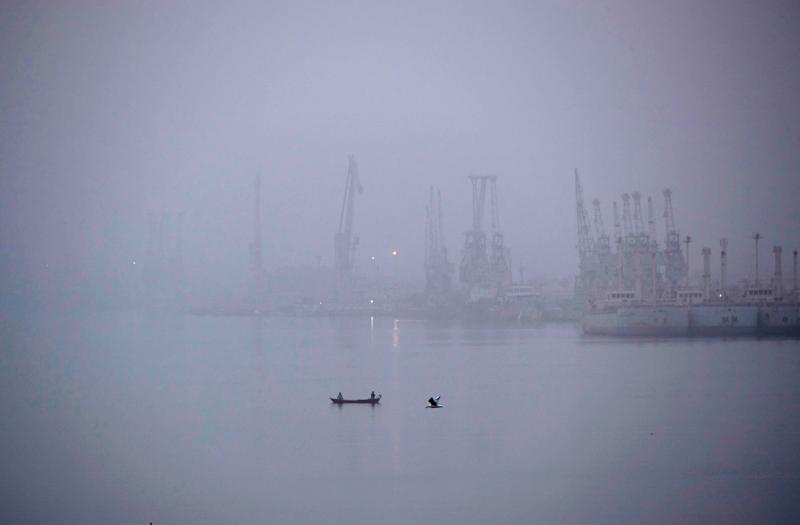
Photo: AFP
The rain currently landing on us here, traditionally called the “plum rains” (meiyu, 梅雨), is also being shaped by human heating of the earth. A recent paper by a group of scholars out of the National Science and Technology Center for Disaster Reduction in Taipei contends that the active phase of the East Asian Summer Monsoon (EASM) is changing in our rapidly warming climate: it is dumping more water on Taiwan.
The paper was stimulated by the 2017 meiyu rainfall event in northern Taiwan that did millions in agricultural damage after three hours of a pounding downpour inundated the area with over 200mm of rain. This effect, they note, is driven by two factors: the Clausius–Clapeyron relation, under which rain increases when the lower atmosphere is heated, and anomalies in the circulation that cause moisture to pool over Taiwan.
While these predictions are likely to hold, especially as they are further refined, the authors observe that the EASM is subject to long-term fluctuations as well, on the order of two to four decades, as paleoclimate data shows.
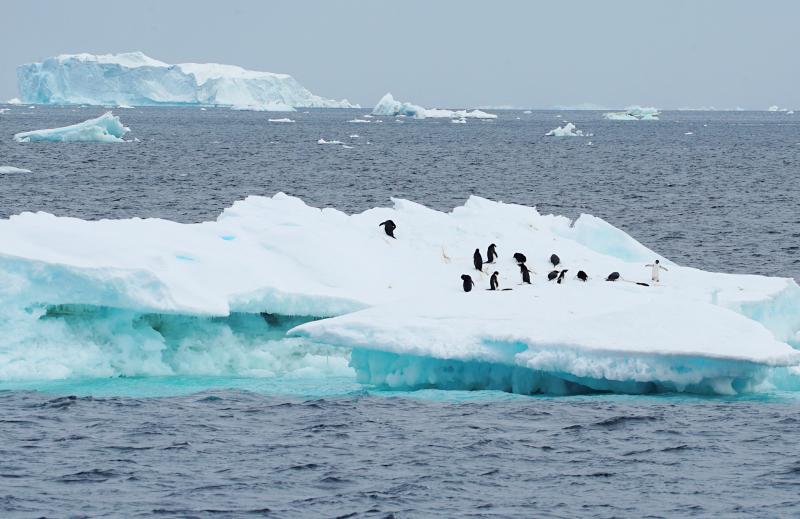
Photo: REUTERS
CHINA DROOLING TAIWAN’S OVER WATER?
The expected rainfall changes have long been researched and are known to scientists the world over. I have sometimes wondered whether, given the focus on water engineering and resource extraction that is a key aspect of Chinese colonialism in Yunnan Province and Tibet, what plans they have in store for our abundance of water as they look at their own bleak freshwater future.
Running a bridge or tunnel across the Strait is a fanciful idea, but putting in pipes to ship over Taiwan’s water to China is a simple engineering feat. Just across the Strait, Guangzhou’s megacities were facing water problems only a few months ago.
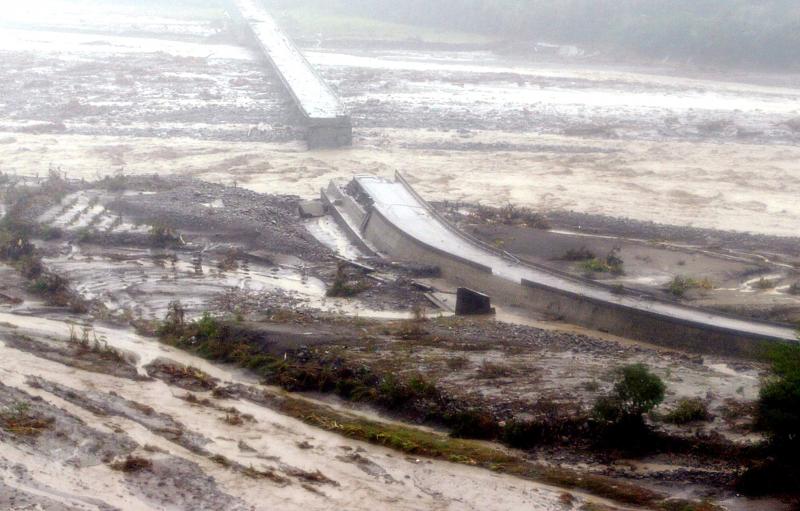
Photo: Chu Pei-hsiung, Taipei Times
Numerous papers have focused on the possibilities of higher precipitation events for Taiwan. It is clear that much of the water management infrastructure will have to be replaced in the coming decades. This will be a bonanza for construction firms and for the organized crime factions that operate them. It is highly likely that within two decades local politics in Taiwan will become the politics of water management, especially in areas like Hualien County that depend on rainfall for water and lack reservoirs. The Democratic Progressive Party’s (DPP) reform drive to put the irrigation and agricultural cooperatives under central government control will bear dividends in this regard.
More water might sound like a good idea, especially in a heating world, but studies show that excessive rain drives heavier sediment loss. This increases gullying and riverbank erosion, and reduces the soil’s capacity to hold water. Ironically, more rain could lead to less available water in some areas.
A recent study of the Chihnan (池南) catchment area in northern Hualien showed that while wet seasons will be wetter, dry seasons are going to be drier.
“The annual total water volume will increase while intra-annual fluctuations between the wet and dry seasons will become even more significant through 2035,” they observe.
Managing these more dramatic peaks is going to be an enormous challenge, especially with Taiwan’s steep, landslide-prone topography and short, strong rivers.
For example, a paper on the Kaoping River (高屏溪) in southern Taiwan found that the area around the Liling Bridge (on Provincial Road 22 between Kaohsiung and Pingtung counties) was in particular danger of overtopping during a major rainfall event. Thus far the worst such event was Typhoon Morakot in 2009, which made assessment of future threats more difficult by destroying the water sensor on the Kaoping Bridge.
While water problems are major issues and heavily researched, scholarly exploration of the effect of global heating on local tourism here remains in its infancy. A paper on Kenting, “When destination attractiveness shifts in response to climate change: tourists’ adaptation intention in Taiwan’s Kenting National Park” surveyed visitors to the area and found that tourists who are likely to respond to climate change threats will reduce their visits in the face of changes to tourist destinations.
Other papers show that tourists won’t come if they perceive that the changing climate has altered the site they want to visit.
Consider the effects on Taiwan’s tea industry, an important agricultural industry and a good source of tourism revenues, highly vulnerable to climate change. Already, tea farmers are starting to replace their tea plants with coffee plants as montane climates shift. This highlights the interconnectedness of things: tea plants, along with longans and lychees, are a major source of nectar for Taiwan’s beekeepers.
URBAN THREATS
The risks we usually talk about in connection with climate change are generally perceived to be risks for low-lying agricultural areas or mountains: landslides, flooding and so forth. But much research has been done on Taiwan’s urban areas showing that they too are under threat.
For example, a paper on climate change and coping in urban areas noted that unusually heavy rainfall — an outstanding effect of climate change — will generate flooding across Taipei.
“Based on Taipei’s 600mm Flooding Potential Map and related research, more than half of the areas in the Datong, Wanhua, Wenshan and Zhongshan districts are areas of potential flooding.”
Six-hundred millimeters? To put that in perspective, Morakot dumped 2,600mm of rain on Pingtung. Typhoons Lynn, Nari (2001) and Flossie all dumped over 1,700 mm in the Taipei area. Nari dumped 800mm in a single day, closing the stock exchange for several days, and depriving over 600,000 of water and power.
The Taiwan Climate Change Projection Information and Adaptation Knowledge Platform of the Ministry of Science and Technology tells the story of our future: fewer but nastier typhoons, more frequent droughts and floods, fishery and farm failures as the planet warms.
Many people call for a national climate change policy in Taiwan and elsewhere. I think this approach is fundamentally wrong. What we need is for the warming climate to form the basis of all our policies: military, tourism, energy, agriculture, education, even things like gender ideology (which shapes individual environmental behaviors).
It may be that “it is a foolish business to see the future and screech at it,” as Robinson Jeffers once wrote. But 1.5C is coming. Are you ready?
Notes from Central Taiwan is a column written by long-term resident Michael Turton, who provides incisive commentary informed by three decades of living in and writing about his adoptive country. The views expressed here are his own.
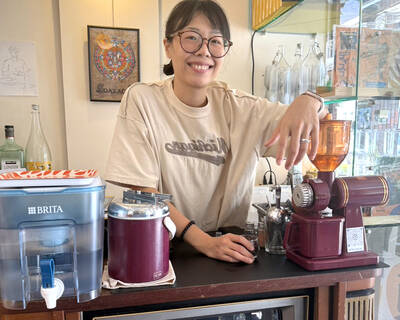
Cheng Ching-hsiang (鄭青祥) turned a small triangle of concrete jammed between two old shops into a cool little bar called 9dimension. In front of the shop, a steampunk-like structure was welded by himself to serve as a booth where he prepares cocktails. “Yancheng used to be just old people,” he says, “but now young people are coming and creating the New Yancheng.” Around the corner, Yu Hsiu-jao (饒毓琇), opened Tiny Cafe. True to its name, it is the size of a cupboard and serves cold-brewed coffee. “Small shops are so special and have personality,” she says, “people come to Yancheng to find such treasures.” She
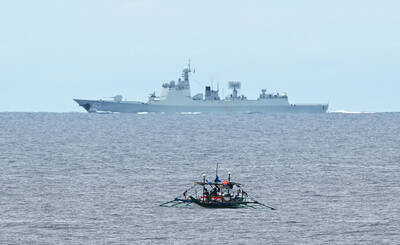
Late last month Philippines Foreign Affairs Secretary Theresa Lazaro told the Philippine Senate that the nation has sufficient funds to evacuate the nearly 170,000 Filipino residents in Taiwan, 84 percent of whom are migrant workers, in the event of war. Agencies have been exploring evacuation scenarios since early this year, she said. She also observed that since the Philippines has only limited ships, the government is consulting security agencies for alternatives. Filipinos are a distant third in overall migrant worker population. Indonesia has over 248,000 workers, followed by roughly 240,000 Vietnamese. It should be noted that there are another 170,000

Hannah Liao (廖宸萱) recalls the harassment she experienced on dating apps, an experience that left her frightened and disgusted. “I’ve tried some voice-based dating apps,” the 30-year-old says. “Right away, some guys would say things like, ‘Wanna talk dirty?’ or ‘Wanna suck my d**k?’” she says. Liao’s story is not unique. Ministry of Health and Welfare statistics show a more than 50 percent rise in sexual assault cases related to online encounters over the past five years. In 2023 alone, women comprised 7,698 of the 9,413 reported victims. Faced with a dating landscape that can feel more predatory than promising, many in

“This is one of those rare bits of TikTok fitness advice with a lot of truth behind it,” says Bethan Crouse, performance nutritionist at Loughborough University. “Sometimes it’s taken a bit too literally, though! You see people chugging protein drinks as they’re scanning out of their gym.” Crouse recommends the athletes she works with consume 20-30g of protein within 30-60 minutes of finishing a resistance training session. “The act of exercising our muscles increases the breakdown of muscle proteins,” she says. “In order to restore, or hopefully improve them — and get gains such as increased muscle mass or strength —